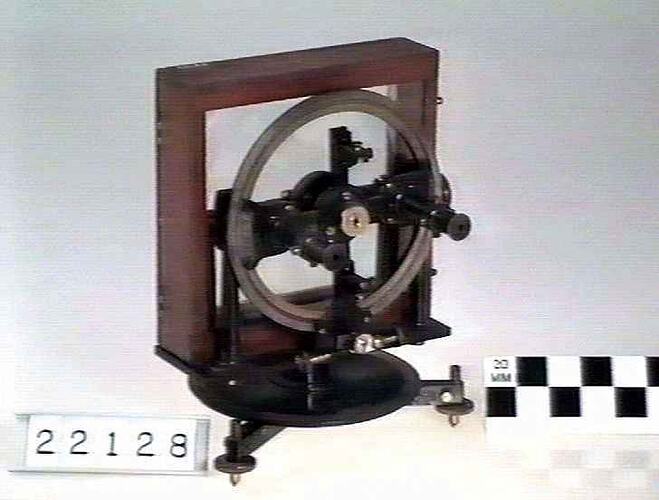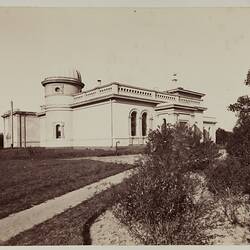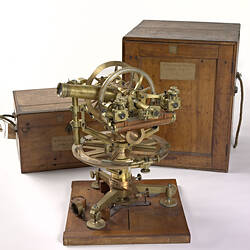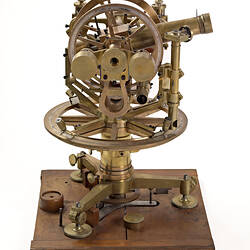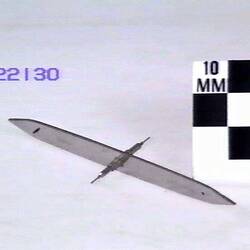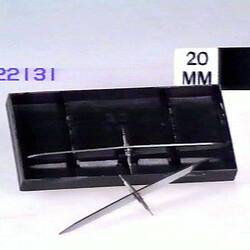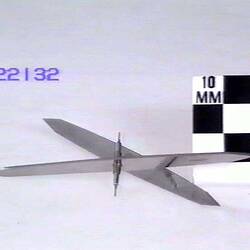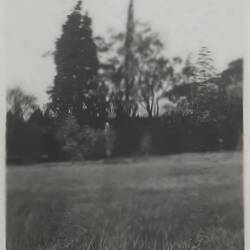A major international effort to survey terrestrial magnetism had commenced in the 1840s, when British scientists had established a chain of magnetic observatories around the world, including one in Hobart. The practical reason for undertaking the research was to try to understand the reason for the changes in the earth's magnetic fields, which could effect the behaviour of compasses and thus the accuracy of ship's navigation. There were also hopes of finding fundamental scientific laws to explain the earth's magnetism, including the possible influence of the sun and moon on the variation in terrestrial magnetism. Southern Australia was an ideal place for an observatory because of its proximity to the Earth's south magnetic pole.
The Hobart Magnetic Observatory closed after a few years, but a young German scientist visiting Victoria in the early 1850s, Georg Neumayer, saw the potential for undertaking a full magnetic survey of Victoria and establishing a permanent observatory. Neumayer returned to Germany to gather support, funds and instruments, and arrived back in Melbourne in 1857. With support from the local German community and Victorian government, in 1858 Neumayer established the Flagstaff Observatory to undertake magnetic and meteorological observations. When Neumayer returned to Germany in 1864, the responsibility for the magnetic research fell to the newly established Melbourne Observatory, which inherited a set of instruments and observational methods that were of the highest international standard.
The measurement of the earth's magnetic field was a delicate task requiring special care in the location of the observatory and construction of the buildings. The Observatory itself had to be located away from any sources of magnetism, and the buildings housing the instruments were constructed without iron, including iron nails.
Instruments of different sensitivities were used to measure the daily changes in magnetism and the long-term changes; the results included measures of intensity, inclination or dip (the angle between the magnetic field and the horizon) and declination (the angle between magnetic north and true north). The hourly measurements were susceptible to the effects of changes in temperature, so the instruments were placed in a basement room with thick walls, in which the instruments were housed on stone pillars to protect them from vibration.
When Government Astronomer Robert Ellery visited Europe in 1876/77 the scientists at the principal physical observatories stressed to him the importance of the Melbourne series of observations, which were the longest running series close to the south magnetic pole. Upon his return Ellery was able to use their encouragement to extract funds from the government for a new magnet house, in which he subsequently installed all the magnetic, physical and meteorological instruments, which now used photographic apparatus to record their results.
The Observatory's magnetic work came to an end when Melbourne's railways and trams were electrified, for these generated substantial magnetic fields that would disturb the instruments. The First World War delayed the project, but a new magnetic observatory was opened in 1919 at Toolangi, approximately 50 kilometres north-east of Melbourne, and far enough away from any railway lines.
Because of their importance as one of the longest running series of observations of terrestrial magnetism, this work was continued when the Observatory was closed in 1944, and the observations are still being undertaken.
References:
Baldwin, J.M. (1920). 'Magnetic Surveys in Australia,' Proceedings of First Pan-Pacific Science Conference, Hawaii, vol. 2, pp.471-474.
Cawood, John (177). 'Terrestrial Magnetism and the Development of International Collaboration in the Early Nineteenth Century,' Annals of Science, 34, pp.551-587.
Home, R.W. (1991). 'George Neumayer and the Flagstaff Observatory, Melbourne,' in J. Tampke & D. Walker, eds, From Berlin to the Burdekin, Sydney: New South Wales University Press, pp.40-53.
More Information
-
Keywords
-
Authors
-
Article types
